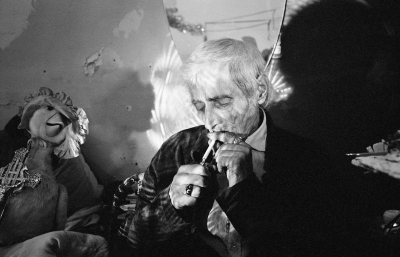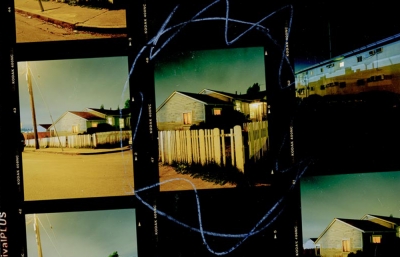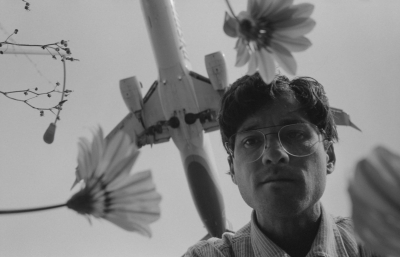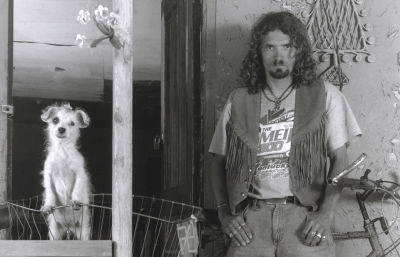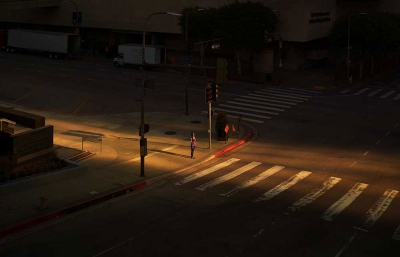Somehow, we haven’t featured one of America’s most revered and influential singer-songwriters in our Sound and Vision series, but today we’re changing that by revisiting Bob Dylan’s landmark album Highway 61 Revisited. The 1965 album has been subjected to more critical examination than almost any other album in history, so for the sake of brevity, we’ll just say that it’s incredibly important and worth listening to, if only for the sake of saying that you have.
Juxtapoz Sound and Vision is a weekly segment on our platform dedicated to exploring one piece of substantial album artwork every Sunday. Album artwork is one of the primary ways that musicians and visual artists are able to collaborate, and many iconic album covers are simultaneously iconic pieces of pop art. It’s also an excuse for us to share some of our favorite albums and the visual component behind what makes an album groundbreaking and fun.
February 17th, 2019: Bob Dylan’s Highway 61 Revisited
Cover Photography by Daniel Kramer

Somehow, we haven’t featured one of America’s most revered and influential singer-songwriters in our Sound and Vision series, but today we’re changing that by revisiting Bob Dylan’s landmark album Highway 61 Revisited. The 1965 album has been subjected to more critical examination than almost any other album in history, so for the sake of brevity, we’ll just say that it’s incredibly important and worth listening to, if only for the sake of saying that you have.
The cover photograph was shot by Daniel Kramer and features Dylan sitting on the stoop of his manager Albert Grossman’s New York City apartment, as Dylan’s friend Bob Neuwirth stands in the background. It’s an extremely casual photo, except for Dylan’s menacing stare into the camera, which seems to confront the viewer who would have certainly known who Bob Dylan was when the album was released. When listening to the music, it’s equally as confrontational. Dylan used a full band for most of the album, which was incredibly controversial for the folk singer who made exclusively acoustic music for most of his earlier career. The album addresses inequality and cultural corruption in forthright, poetic clarity, speaking to a broadened audience in language they understand. It’s a concise message spoken from a figure who seemed to channel the American cultural volksgeist directly in his music.



